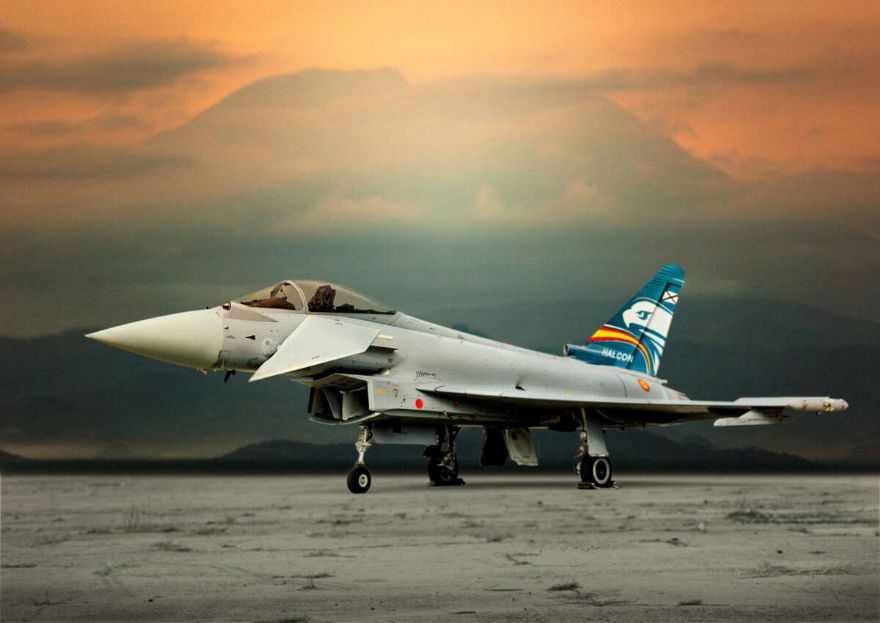
The Eurofighter programme will cumulatively secure 26,000 jobs in Spain until 2060, according to a recent study by
PricewaterhouseCoopers (PWC) on the economic impact of the ‘Halcon’ and ‘Quadriga’ contracts for the country.
Signed in June 2022, the Halcon contract consists of the acquisition of 20 latest-generation Eurofighter jets to replace the ageing F-18 fleet operated by the Spanish Air Force on the Canary Islands. The Quadriga contract was signed in 2020 to deliver 38 new Eurofighter aircraft to the German Air Force (Luftwaffe), making Germany the country with the largest number of orders for Europe’s biggest defence programme.
The study, which was funded by
Airbus, together with the technical support of
ITP Aero, and performed independently by PWC over a period of six months until March 2023, estimates that, during its life cycle, the manufacturing phase (2020-2030) and maintenance phase (2023-2060) of the Halcon and Quadriga programmes will create on average 657 jobs — direct, indirect and induced — per year, reaching a total of 26,000 placements by 2060. This equates to a total annual employment impact of 2.7% direct jobs in the Spanish aerospace sector.
Both Eurofighter Tranche 4 contracts are expected to contribute nearly 1.7 billion euros to Spanish GDP, with the manufacturing and maintenance of Halcon generating approximately 1.5 billion euros and the production of Quadriga making up the remaining 200 million euros.
The employment and economic contribution during both phases will generate a total tax collection of 430 million euros, from which 151 million euros will be direct contribution. Furthermore, for every euro collected directly, 2.8 euros of total tax revenue will be generated in the Spanish economy.
The Halcon programme will see the Spanish Eurofighter fleet grow to 90 aircraft, with the first delivery due in 2026, securing industrial production activity through to 2030. Quadriga secures production of the new Tranche 4 Eurofighter - currently the most modern European-built combat aircraft - until 2030, with a service-life well beyond 2060.
In total, the Eurofighter programme secures more than 100,000 jobs in Europe, which will be boosted through latest-generation aircraft, such as the Tranche 4, as well as in the future, through technological advances within the Eurofighter development.